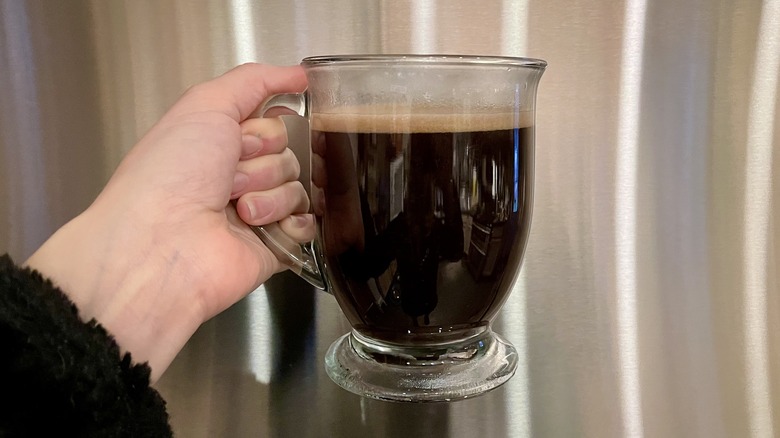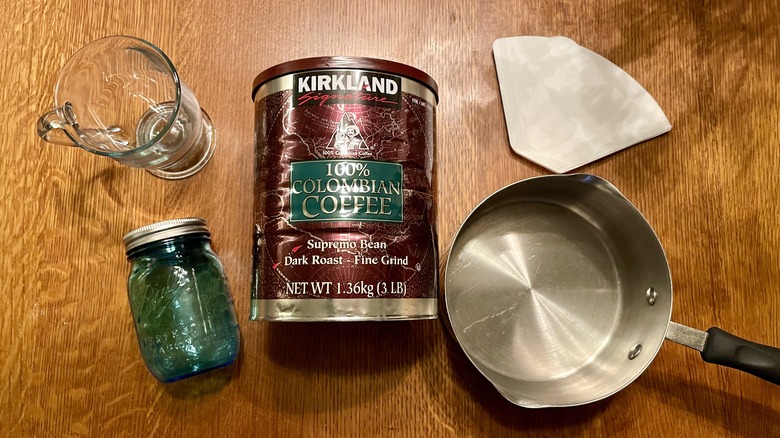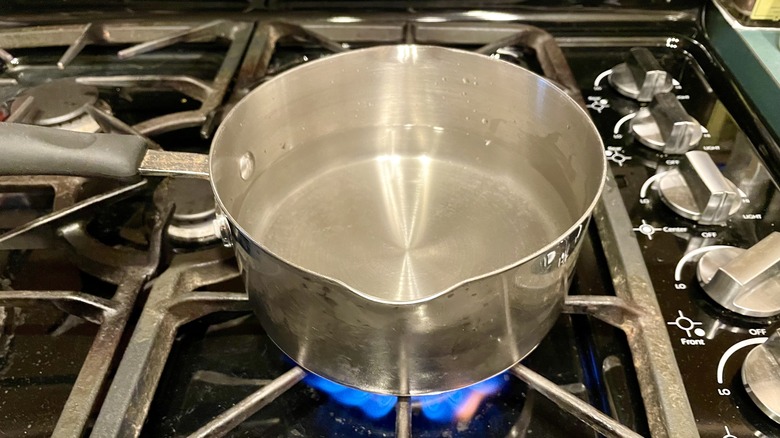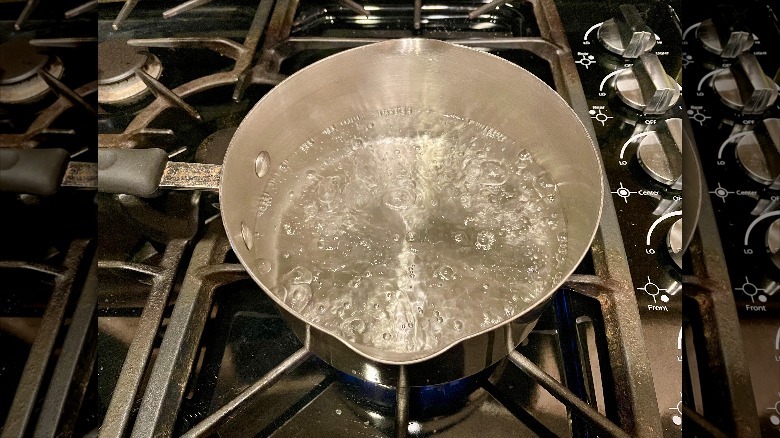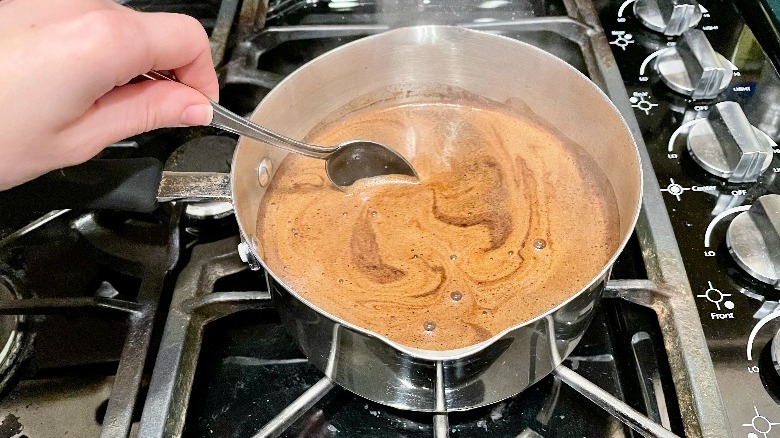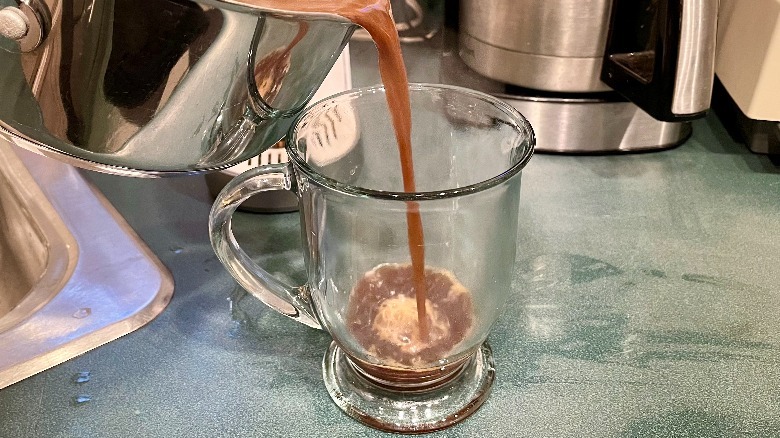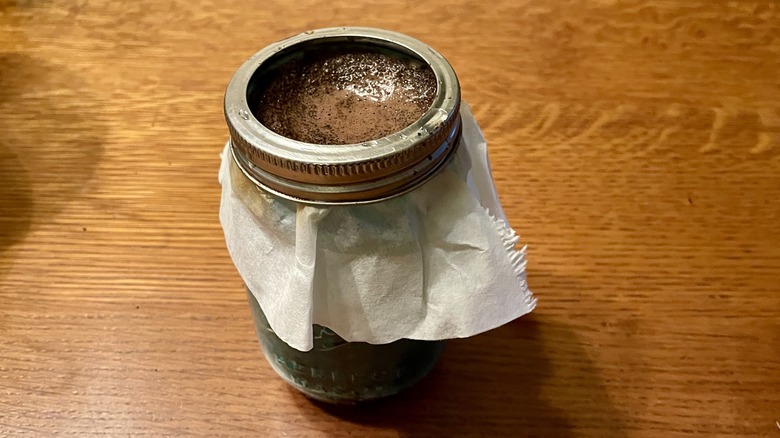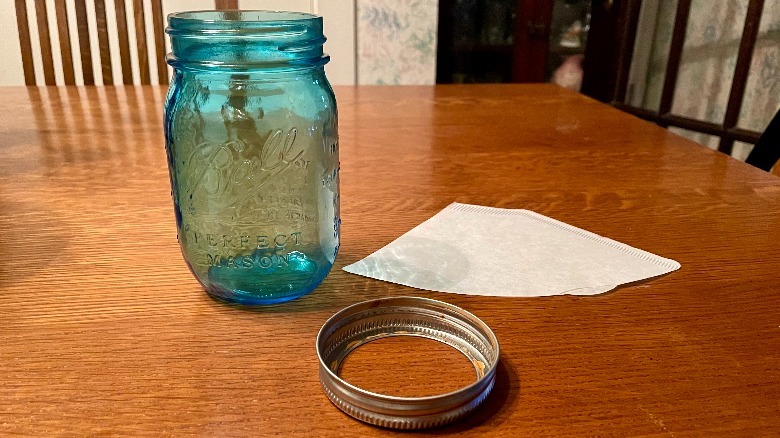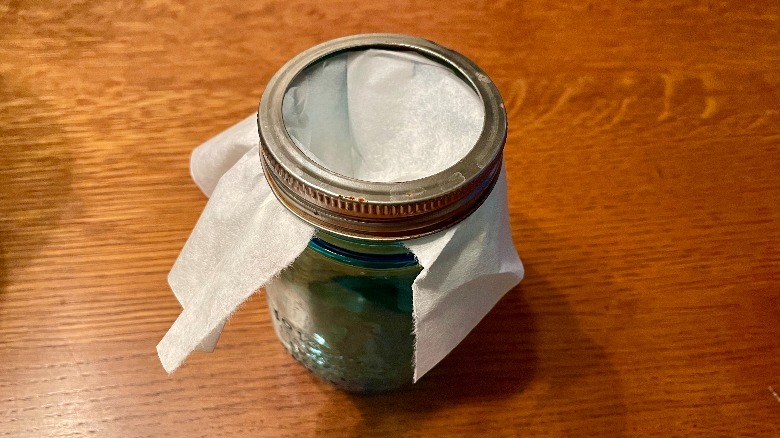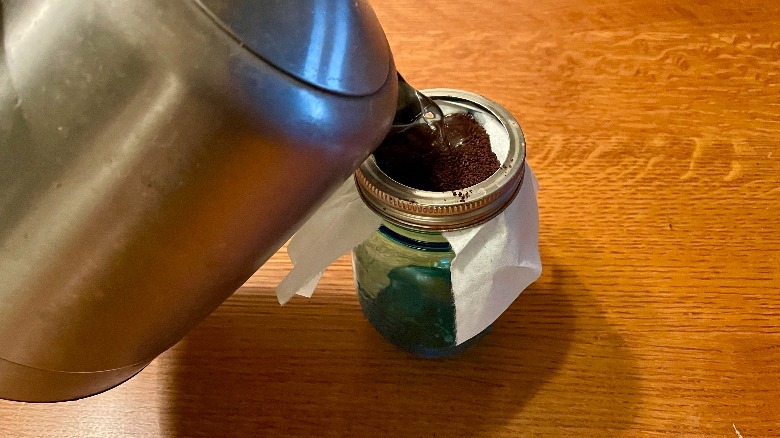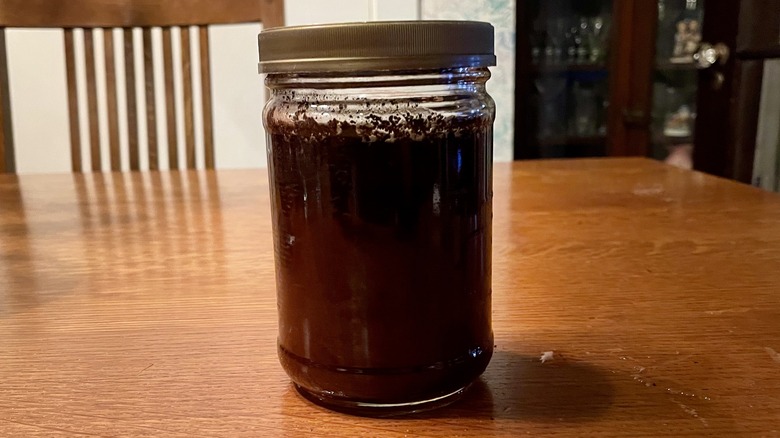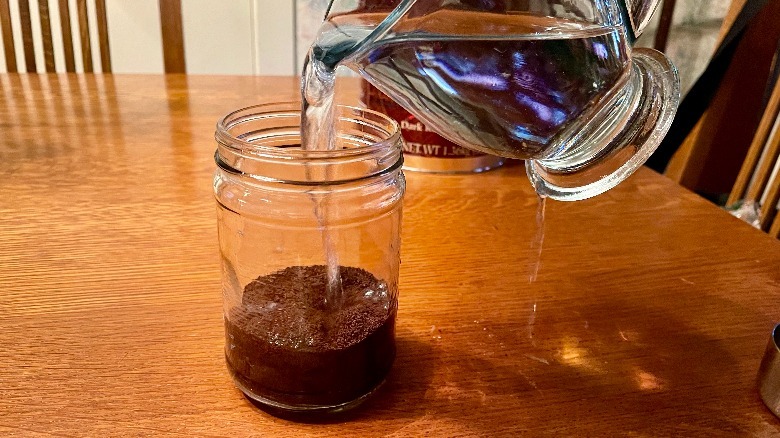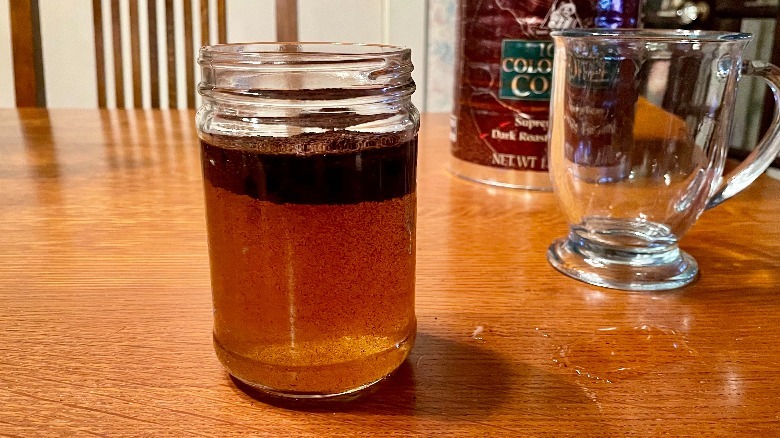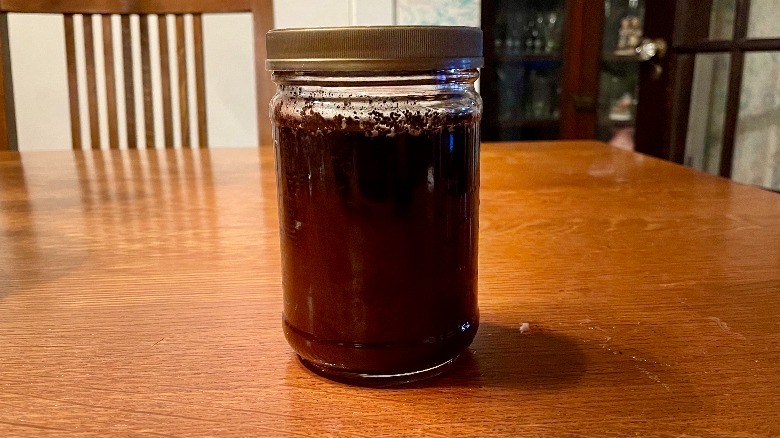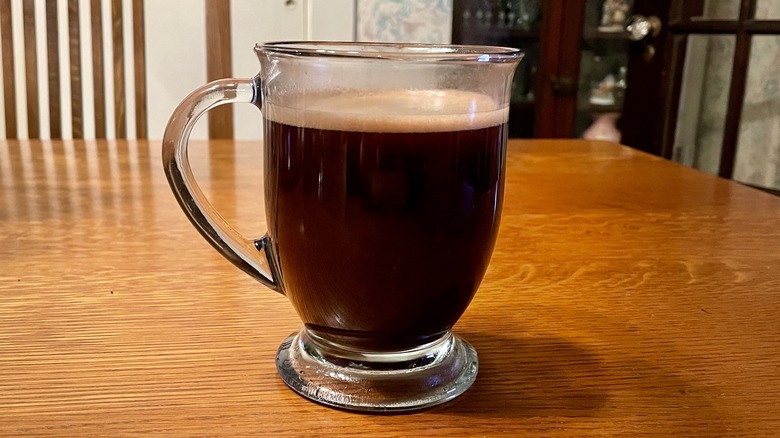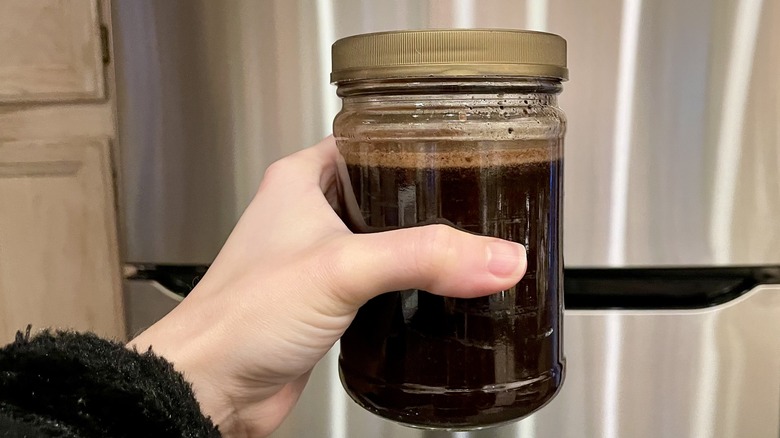How To Make Coffee Without A Coffee Maker
Sometimes you want coffee but don't have a coffee maker. Whether your preferred maker is on the fritz, you can't fit one more appliance in your kitchen, or you just want to try something new, we will walk you through three different coffee-making methods without gadgets and gizmos. That means no Keurig, percolator, drip coffee maker, or French press. These items are designed specifically for making coffee and not much else.
While this task might seem daunting, it's actually not that complicated. Each of the three methods detailed here takes very little time and can be done by a coffee novice with mostly rudimentary tools and accessories. Plus, they are sure to taste better than simply making instant coffee. This way, you get good coffee without the extra appliances or gadgets. In our opinion, it is worth experimenting with methods to determine which one you like the best and which best suits your needs and tastes depending on the day or hour you're brewing a cup.
Tools you will need
As tools go, while you won't need a coffee maker, you will require some basic kitchen implements. For method one, you will need a saucepan and something to stir with. For method two, you will need a mason jar and either a coffee filter or a cheesecloth. For method three, you will use a pitcher or canister.
Of course, in addition to these items, you will need water and coffee beans. As far as coffee goes, you can buy whole beans and grind them before using them, or you can skip that step and buy pre-ground. If you are doing the latter, just make sure your grounds are fresh, as they go stale faster than whole beans.
When it comes to choosing your coffee beans, there are some things to consider that will affect the taste. The ground and the roast are two important factors. Beans can be ground in varying degrees and grind sizes. Coarse grounds require longer contact with water, so they may be suitable for the saucepan method, whereas the mason jar method is better suited to a medium or finely ground bean. When in doubt, medium is the most popular and versatile.
Beans can be light, medium, or dark roasted. The amount of roasting affects the depth of flavor and how much of the natural nuances of the bean come out. Once again, this is a matter of preference, and when in doubt, start with medium.
Stove top method
Pour your water into your pot for the desired number of cups of coffee. Because the water will boil off somewhat, you can be generous with the amount, but don't overdo it, or you will end up with weak coffee. Bring your water to a boil.
Add your coffee grounds and water to your boiling water, and turn off the stove. Let your coffee sit for up to five minutes, stirring in between.
Allow coffee grounds to settle to the bottom of the pot, and either pour or spoon your coffee into a mug and enjoy.
Mason jar method
Grab a mason jar large enough to hold enough coffee for about an 8-ounce serving. We recommend you keep it on the small side. Ensure the mason jar is heat-rated and not cold; you do not want to give your glass a thermal shock.
Use the ring of the mason jar to hold cheesecloth or a coffee filter to the jar. This can also be done with a rubber band if you do not have a ring. Make sure to leave some slack; you want there to be an indentation large enough to hold your coffee grounds without spilling.
Place your coffee grounds on the filter and slowly pour hot water over your grounds. Once the coffee is poured, remove the ring, filter, and grounds, and enjoy your coffee.
Cold brew method
This is the most passive of the methods and is specifically used to make cold brew coffee.
Take a container or pitcher with a sealable lid. Place coffee and water in the container.
If necessary, mix the contents to ensure saturation. You do not want the grounds simply floating in the mix.
Cover with lid, and allow to steep for anywhere from 8 to 24 hours, depending on strength preference. After coffee has steeped, it is ready to filter and enjoy.
How long your coffee will last
Pre-ground coffee beans should be consumed within a week. Once the coffee is brewed, it is best consumed fresh. However, it will last if you need it to. Hot brewed coffee can be refrigerated for about three to four days. After that, the flavor and quality will deteriorate. Cold brew coffee, though, can last up to two weeks in the refrigerator.
How to store coffee
Coffee grounds should be stored in an airtight container in a cool, dark place. Once again, keep brewed coffee sealed in an air-tight container, such as a jar with a snug lid. This can be placed in the refrigerator until use.
